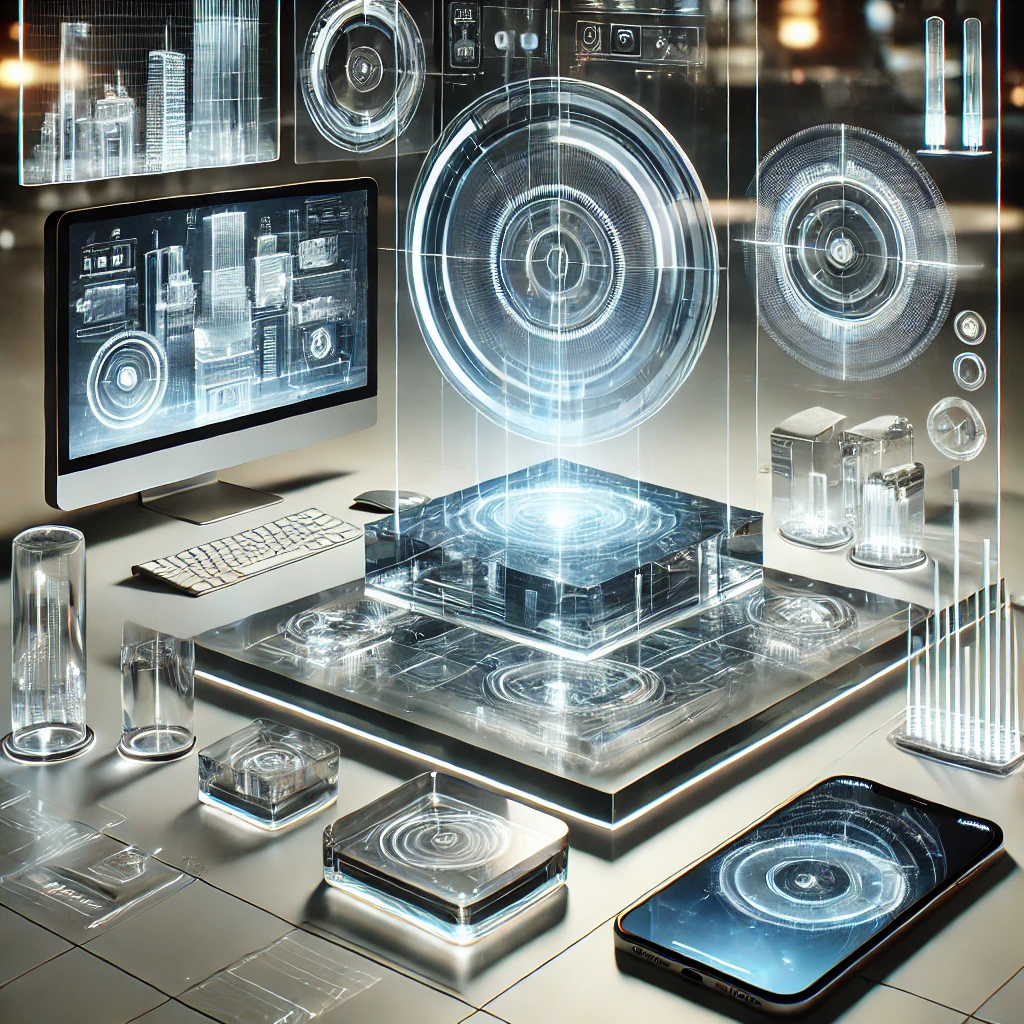Invisible Technologies: The Future of Business Automation and AI
Introduction to Invisible Technologies
Invisible Technologies refers to a set of emerging technologies designed to perform tasks and automate processes without direct visibility or interaction by end-users. These technologies are designed to seamlessly integrate into various systems and workflows, often operating in the background to improve efficiency, accuracy, and productivity. In recent years, tech giants and startups alike have been innovating in this space, driving the next wave of automation.
The term “invisible” reflects the fact that these technologies work behind the scenes. As businesses seek smarter ways to operate, invisible technologies are gaining prominence, particularly in industries that demand high levels of automation and data processing. TechCrunch has covered this trend extensively, noting that the rise of invisible tech will fundamentally change how businesses operate.
What Are Invisible Technologies?
Invisible technologies encompass various tools, software, and systems designed to automate tasks traditionally handled by humans or visible technology. The goal is to streamline workflows, reduce human error, and enhance productivity without the end-user being aware of the underlying systems at work.
These technologies include:
1. Robotic Process Automation (RPA)
RPA involves using software robots to perform repetitive tasks that would typically require human intervention. These robots can interact with various applications, input data, and perform actions as if a human were at the computer, but without the need for direct oversight.
2. Artificial Intelligence (AI) and Machine Learning (ML)
AI and ML are at the core of invisible technologies, enabling systems to learn from data, adapt, and make decisions autonomously. This technology can enhance business processes, such as customer support, fraud detection, and predictive analytics, without human intervention.
3. Cloud Computing
Cloud-based services allow businesses to access and use software and infrastructure over the internet. This means companies can run applications and store data without needing to invest in costly on-site hardware. The cloud operates invisibly in the background, enabling businesses to scale and innovate without worrying about physical limitations.
4. Blockchain Technology
Blockchain, although often associated with cryptocurrencies, has applications in invisible technologies for its ability to securely and transparently track data across various systems. The decentralized nature of blockchain makes it ideal for businesses looking to automate and verify processes in an invisible, efficient way.
Why Invisible Technologies Are a Game Changer for Business
Invisible technologies are transforming industries by enabling greater automation and improving operational efficiency. The shift toward these technologies is driven by several factors:
1. Cost Reduction
By automating routine tasks, businesses can reduce operational costs and eliminate the need for extensive human labor. This leads to significant savings, especially in industries where manual work is time-consuming and expensive.
2. Increased Efficiency
Invisible technologies improve the speed and accuracy of business processes. They can handle complex tasks faster than humans, leading to faster decision-making and better customer service.
3. Scalability
As businesses grow, invisible technologies allow them to scale operations without worrying about the limitations of physical infrastructure. Cloud services, for instance, allow companies to expand their IT infrastructure on demand without investing in expensive hardware.
4. Enhanced Data Security
With the rise of cybersecurity threats, businesses are turning to invisible technologies like blockchain and AI to secure their data. These technologies offer secure, transparent ways to store and track data, reducing the risk of breaches.
Invisible Technologies in Action: Case Studies
1. AI in Customer Support
Invisible technologies like AI-powered chatbots and virtual assistants have revolutionized customer support. These tools can respond to customer inquiries, resolve issues, and provide personalized recommendations 24/7, all without the need for human involvement. Companies like Amazon and Google have integrated AI into their customer service operations, offering seamless support that users often don’t realize is automated.
2. Robotic Process Automation in Finance
Financial institutions are leveraging RPA to automate a wide range of back-office tasks, including invoice processing, data entry, and compliance checks. By using RPA, banks can process large volumes of transactions quickly and accurately, reducing costs and improving customer satisfaction.
3. Blockchain in Supply Chain Management
Invisible technologies like blockchain are also playing a significant role in industries like logistics and supply chain management. Blockchain can automate tracking, validation, and verification of goods and services, reducing fraud and improving transparency without human oversight.
The Impact of Invisible Technologies on the Workforce
While invisible technologies bring many benefits, they also have implications for the workforce. Automation is likely to replace certain jobs, particularly those involving routine, repetitive tasks. However, experts suggest that the rise of invisible technologies will also create new opportunities in areas like AI development, data science, and cybersecurity.
1. Shifting Job Roles
Many employees may find their roles shifting from manual tasks to overseeing and managing automated systems. For example, workers in customer service may move from answering questions directly to managing and improving AI-powered chatbots. This shift requires businesses to invest in upskilling and reskilling their workforce.
2. New Career Opportunities
Invisible technologies are creating entirely new career paths. As AI, blockchain, and RPA continue to evolve, businesses will need professionals to develop, maintain, and manage these systems. Moreover, industries like cybersecurity are booming, as companies seek to protect their invisible tech infrastructure from potential threats.
The Future of Invisible Technologies
The future of invisible technologies looks incredibly promising, with continued innovation on the horizon. We can expect the following trends to shape the future of this space:
1. Greater Integration with IoT
The Internet of Things (IoT) is set to integrate even more with invisible technologies. As more devices become connected, invisible technologies like AI and RPA will play an essential role in managing and automating these interconnected systems.
2. Advancements in Machine Learning
Machine learning will continue to evolve, enabling even more sophisticated automation. As algorithms become more intelligent, invisible technologies will be able to tackle increasingly complex tasks and deliver better results with minimal human intervention.
3. Wider Adoption Across Industries
Invisible technologies are already gaining traction in industries like finance, healthcare, and retail. In the future, these technologies will likely expand into even more sectors, driving efficiency and innovation across various domains.

